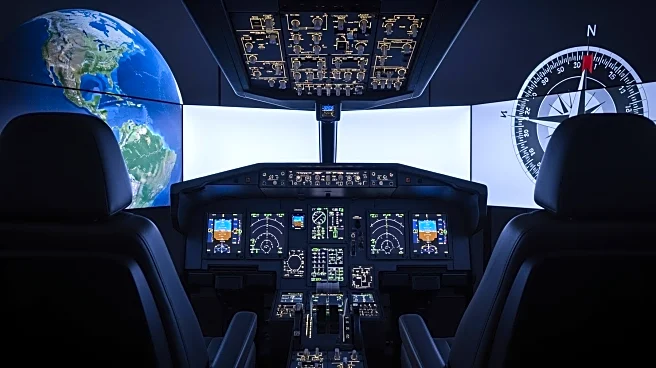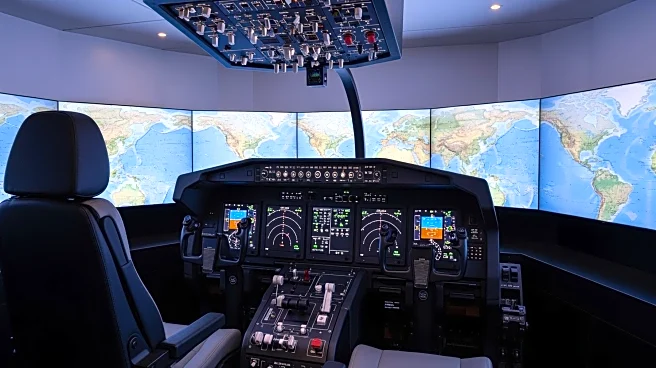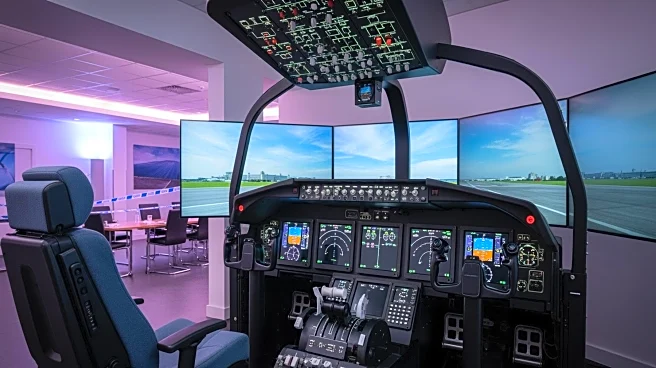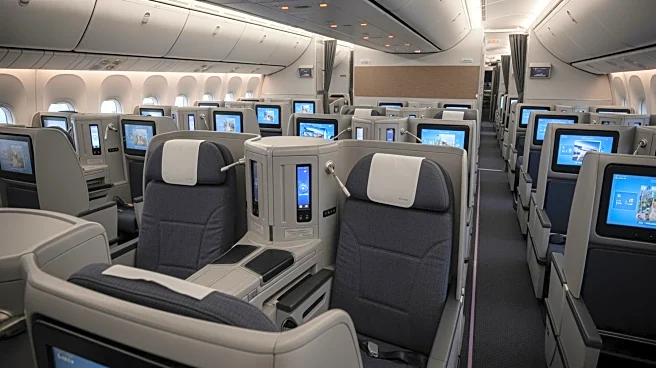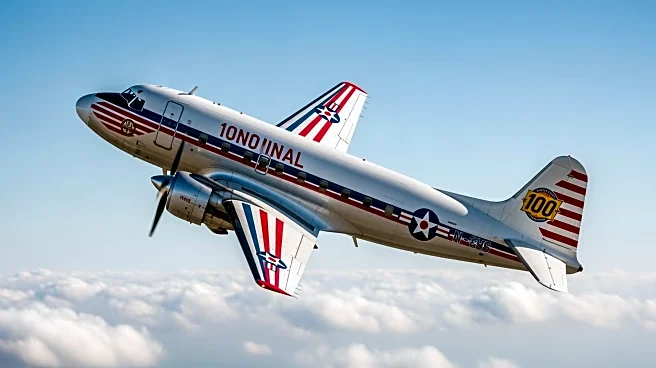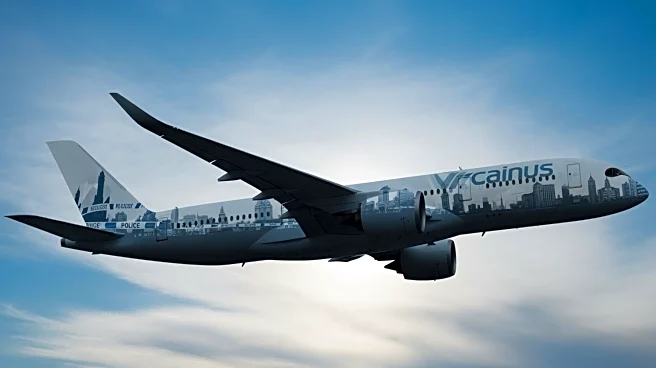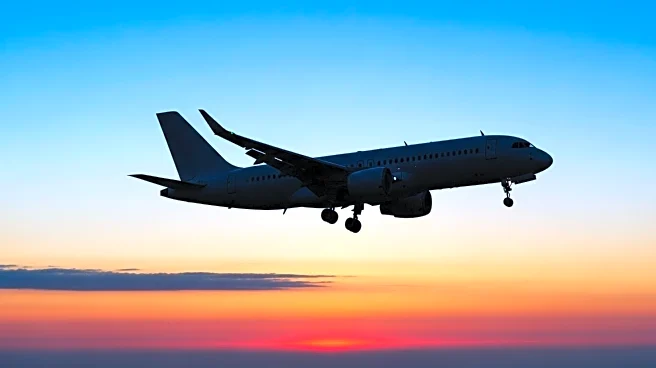What's Happening?
American Airlines is actively training its pilots to operate the Airbus A321XLR aircraft on transatlantic routes, with plans to commence service in 2026. The airline conducted a series of training flights in September using A321neo aircraft between Philadelphia
and Edinburgh, UK. This initiative is part of American's strategy to integrate 50 A321XLRs into its fleet, despite delivery delays. The training focuses on adapting pilots to new procedures and regions, including non-radar air traffic control environments and unique wind conditions.
Why It's Important?
The introduction of the A321XLR aircraft represents a significant expansion of American Airlines' capabilities, allowing for longer-range flights and new international routes. This development is crucial for the airline's competitive positioning in the transatlantic market, offering more efficient and versatile aircraft options. The training program ensures that pilots are well-prepared for the operational challenges of flying these advanced aircraft, which could enhance American's service offerings and market reach.
What's Next?
American Airlines plans to initially deploy the A321XLR on domestic routes before expanding to international destinations. The airline is expected to announce specific international routes soon, which will further define its strategic direction in the transatlantic market. As the training program progresses, American will continue to qualify more pilots, ensuring readiness for the aircraft's operational debut.
Beyond the Headlines
The shift to A321XLR aircraft highlights the evolving landscape of aviation technology and its impact on pilot training and operations. The adaptation to new air traffic control environments and procedures underscores the importance of continuous learning and flexibility in the aviation industry. This transition may influence future training programs and operational standards across the sector.
